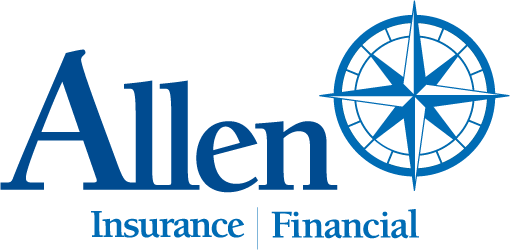By Sarah Ruef-Lindquist, JD, CTFA
Family violence, domestic abuse – those phrases evoke images of bruises, physical scars, broken limbs.
But there is another aspect of abuse, and it has an economic and financial face.
There’s been a lot in the news lately about financial abuse of elders, and rightly so.
The vulnerability of our aging population, combined with the ease of attaining access to account information, credit and assets via internet technology can be a dangerous combination in the wrong hands.
Financial abuse happens in domestic and marital situations as well, and often it is difficult, if not impossible, to unravel and restore the economic health of the abused partner once the abuse is discovered.
In addition to exercising control over a spouse’s access to money, or damaging their credit, making them financially reliant upon the abusing spouse, a spouse can simply harm the credit or reduce their assets in order to make life miserable for their spouse before or during a divorce. Sometimes the abuser benefits financially in the process.
Here’s a scenario: Prior to communicating plans to seek a divorce, a spouse forges the other spouse’s signature on loan documents, and spends the money on travel, dining and entertainment of themselves and others.
The spouse could buy a car on credit and incur debt on jointly held credit cards. That spouse then files for divorce, claiming the other party should be responsible for half (or more) of the debt, from which they did not benefit.
While there are remedies for fraudulent conveyances and other types of misappropriation of assets, often the upheaval and emotionally draining process of divorce can distract from these options and add cost and delay to already complex litigation, and the non-abusing party ends up paying much more – or losing more – than their share.
In her article Financial Intimate Partner Violence: When Assets and Transactions Become Weapons, 22:2 Domestic Violence Report 17 (Dec./Jan. 2017) Hastings College of Law professor Jo Carrillo calls for state law domestic violence prevention reform to ensure that “survivors should not have to fund their own harm, and perpetrators should not benefit from their wrongdoing.”
She argues that just because there are no signs of physical or emotional abuse in a marriage doesn’t mean there hasn’t been financial abuse, which she terms ‘economic’ or ‘financial interpersonal violence’.
She cited a case where one spouse mortgaged jointly held property out from underneath the other by forgery, and spent the proceeds, leaving the marital asset fully encumbered, without any equity.
This is just one example that isn’t necessarily the kind of abuse that manifests in a pattern of controlling behavior, like restricting access to credit or money to render the other person dependent, but rather using credit, assets and money as weapons to harm the other party in the process of dissolution of a marriage.
How can a spouse protect themselves from this kind of situation? One way is to maintain separate financial lives in a marriage.
Each person has his or her own checking account into which their earning are deposited, and then a household account is used to which each contributes in order to pay shared expenses.
Each person has his or her own retirement account by law, but also maintains separate investment accounts, and credit card accounts.
Deposit and investment accounts can be made “payable on death” by one spouse to the other, rather than held jointly, to ease the access of the other upon death if consistent with advice on estate plans, but joint access is not possible during lifetime.
The advantages to this kind of approach are two-fold; never is more than one’s share for monthly expenses at risk, but one retains control and knowledge of one’s resources and liabilities throughout life, so there are few, if any, surprises when something unexpected happens, like a divorce or death.
If have joint accounts of any kind – deposit, investment or credit – think critically about where you would be if the worst happened: if you were subjected to any level of financial abuse. Consider whether separate financial lives could help the outcome, “just in case” the worst happens.
This article first appeared at PenBayPilot.com







